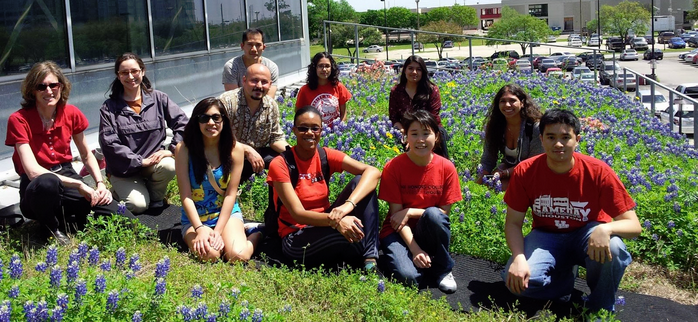We've talked about carnivorous plants
once in the past, but we never went into too much detail about them.
Carnivorous plants are defined as plants that obtain some of their nutrients by consuming animals. They are specially adapted to their environments, from acidic bogs in North America to the tropical jungles of Malaysia, and have different mechanisms for catching animals. While carnivorous plants (CPs) are generally divided into five types based on their trapping mechanism (pitfall, flypaper, lobster pot, bladder and snap trap), we will look at two types here - pitfall and snap trap plants.
The most famous CP is the Venus fly trap, which uses snap traps. When the sensitive 'hairs' on the inside of its traps are triggered in succession, the trap will snap shut, trapping anything inside. The more an animal (usually an insect) struggles, the faster the plant secretes enzymes that digest the insect. A few weeks after the initial closing, the trap will reopen with the empty exoskeleton of the insect still inside.
Fortunately for us, the traps never get larger than an inch or two. Venus fly traps are generally propagated through leaf pullings, though they can be grown very slowly from seed.
There are many different species of pitfall plants, collectively known as pitcher plants. There are the North American pitcher plants (Sarracenia), the tropical pitcher plants (Nepenthes), the marsh pitchers (Heliamphora), and the Australian pitcher plant (Cephalotus). I have some Sarracenias and a Nepenthes alata growing in my backyard.
 |
| Nepenthes alata |
Insects are attracted to the pitchers due to the sweet fragrances and nectar that they produce. However, once the insects venture too far into the pitcher, they slip and fall into the water inside, drowning to death. The pitcher plant then secretes digestive enzymes, or bacteria present break down the insects into a usable form. Sometimes, small lizards and mammals also fall prey to these large pitcher plants.
 |
| Sarracenia rubra (?) |
The North American pitcher plants have much smaller pitchers and are limited to catching insects only. They operate under the same mechanism that the tropical pitcher plants use, except they grow in bogs instead of tropical environments.
 |
| Sarracenia purpurea |
Like cacti and succulents, CPs are notorious for taking a long time to reach maturity when grown from seed. I have been growing two pitcher plants from seed for about two years now. They came from a Dunecraft CP starter set that included seeds of Venus fly traps, Sarracenias, and sundews, yet I was only able to get two pitcher plants to germinate. They're still quite small, so it's better to buy the mature plant unless you have lots of time to grow them from seed.
 |
| Still less than half a foot tall after two years |
CPs require a substrate that mimics the one they're used to in the wild, so you have to create a low-nutrient, acidic environment if you want your CPs to grow and thrive. There are many mixes that people use, the most common ones being 50% sphagnum peat moss and 50% silica sand or perlite to increase aeration, or 100% long fiber sphagnum moss, or equal parts of sphagnum peat moss, perlite and orchid bark for tropical pitcher plants. The important thing is to water them using distilled, deionized, reverse osmosis or rain water, since CPs cannot tolerate high levels of salt in their soil (usually over 100ppm in the water is too high).
CPs are usually not for beginning gardeners, but growing them can be a fun and rewarding experience. And if you have sundews and butterworts, you can get rid of hundreds of pesky flies at the same time.










.JPG)
.JPG)





















.JPG)
.JPG)














